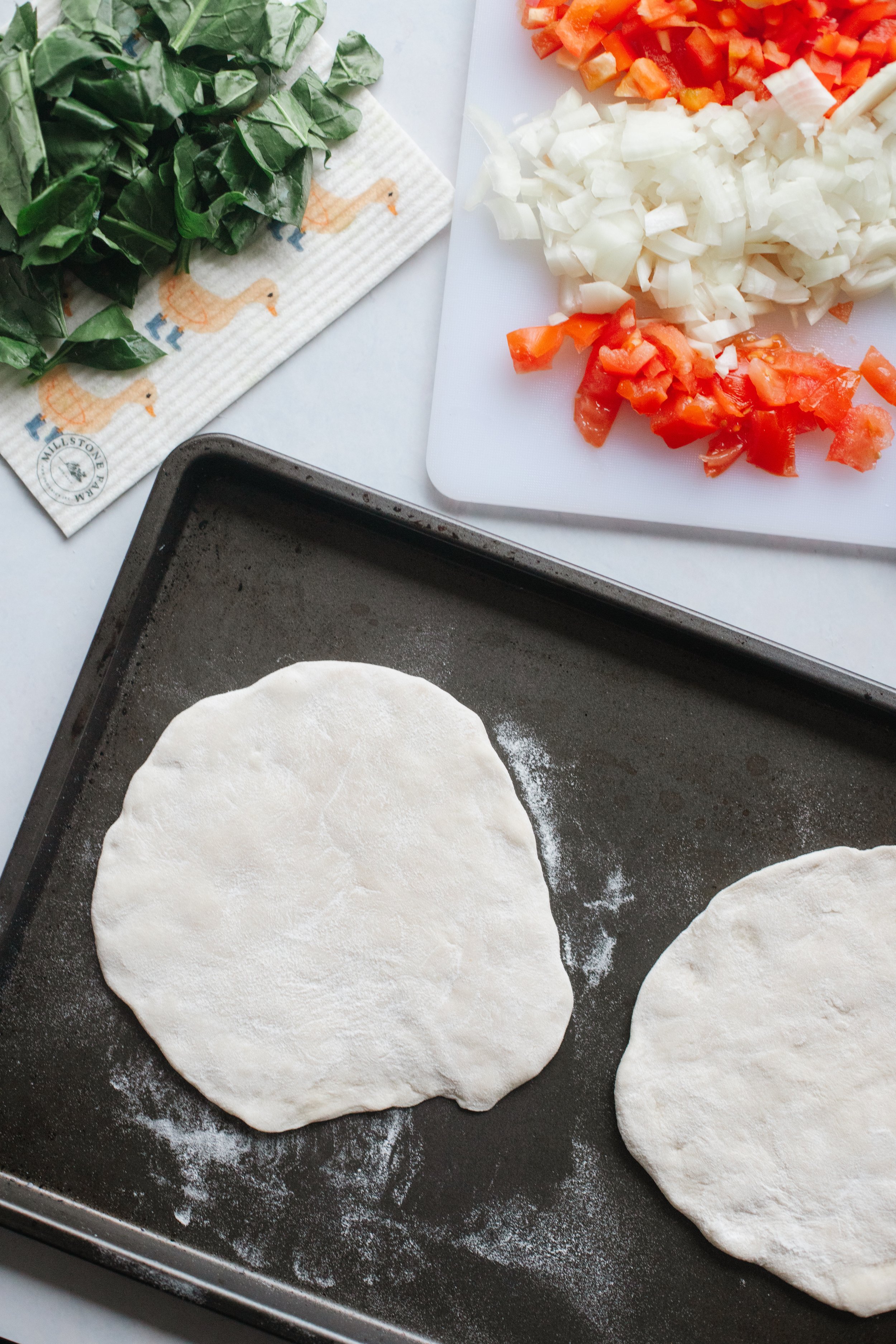Grow a Pizza Garden
Did you know I wrote an e-book? It’s perfect for beginner gardeners in their first 3 years of gardening. Check it out and purchase my e-book here!
Welcome to my gardening blog! As a passionate backyard gardener in zone 9B in Canada, I am excited to share what I have learned on creating a unique and delicious garden: the pizza garden. In this blog, I will guide you through the process of selecting the right plants, understanding sun exposure requirements, and exploring companion planting for a thriving and bountiful pizza garden. Let’s dive in!
Choosing the Right Plants
To make your pizza garden truly authentic, consider growing these essential ingredients:
Tomatoes: Opt for compact varieties such as cherry or roma tomatoes, as they thrive in containers or small garden spaces. You can start tomatoes by seed to have more variety or purchase starters from your local nursery or farm stands once the weather warms up in Spring.
Basil: Choose sweet basil for its rich flavor and aromatic leaves. Thai basil doesn’t taste as good on pizza, we have made that mistake before! You can grow by seed or purchase starter plants. I like to separate the basil if I purchase at the garden centre as they usually have 3-4 basil plants in one container. Hello 3X the amount of basil to harvest!
Oregano: Greek oregano is ideal for pizza gardens due to its strong flavor and compact growth habit. We like to purchase organic starters from our local growers.
Peppers: Grow green peppers or add a hint of spice with hot pepper varieties like jalapeno or cayenne. Again, I find buying the starter plant for peppers is best unless you have a greenhouse as they need really warm soil to grow.
Onions: Both green onions and regular onions can be grown, providing a range of flavors for your pizza toppings. We plant onion starters in February and harvest in July.
Sun Exposure Requirements
Ensure your pizza garden receives adequate sunlight, as most of these plants require full sun (6-8 hours per day). Place your garden in a spot that gets maximum sunlight, away from large shade trees or tall structures that may obstruct the light. If you have limited sunlight, consider choosing smaller varieties that are better suited to partial sun conditions. You can always grow the herbs inside too. Keep in mind, Onions need 8+ hours of sun a day, choose your sunniest spot for a successful onion crop.
Companion Planting
Companion planting involves growing certain plants together to benefit each other in terms of pest control, pollination, and nutrient uptake. I also like to add a few marigolds close to all of these plants to help repel pests. Consider the following companions for your pizza garden:
Tomatoes and Basil: These two plants are excellent companions. Basil repels pests that commonly affect tomatoes, while tomatoes enhance the flavor of basil when grown nearby.
Oregano and Peppers: Oregano acts as a natural pest repellent for pepper plants and enhances their flavor. I would plant the Oregano on the North or East side of the best to ensure it doesn’t shade the peppers.
Onions and Tomatoes: Onions deter pests that often target tomatoes, creating a mutually beneficial environment.
Planting and Care Tips:
Firstly, soil Preparation, ensure well-draining soil enriched with organic matter like compost or aged manure. Give each plant enough space to grow by following the recommended spacing guidelines provided on seed packets or plant labels. Ex. some tomatoes are vining and others are bushy, supporting your tomatoes will ensure success. Water your pizza garden consistently, ensuring the soil remains evenly moist. Avoid overwatering, as it can lead to root rot. If you can drip irrigation is the best option and uses less water then overhead watering. Lastly, mulching, use organic mulch such as straw, compost or wood chips to retain moisture, suppress weeds, and regulate soil temperature.
Creating a pizza garden in your backyard is an enjoyable and rewarding endeavor. By carefully selecting the right plants, understanding sun exposure requirements, and implementing companion planting techniques, you'll be able to harvest fresh and flavorful ingredients for your homemade pizzas. Get ready to savor the delicious taste of pizza made from the produce of your very own garden. Happy gardening + pizza making!
Remember to experiment, have fun, and share this blog with your garden friends. Together, we can cultivate thriving pizza gardens and embrace the joy of growing our own food.
* Note: Some links featured in the above post are commissionable/affiliate links.









